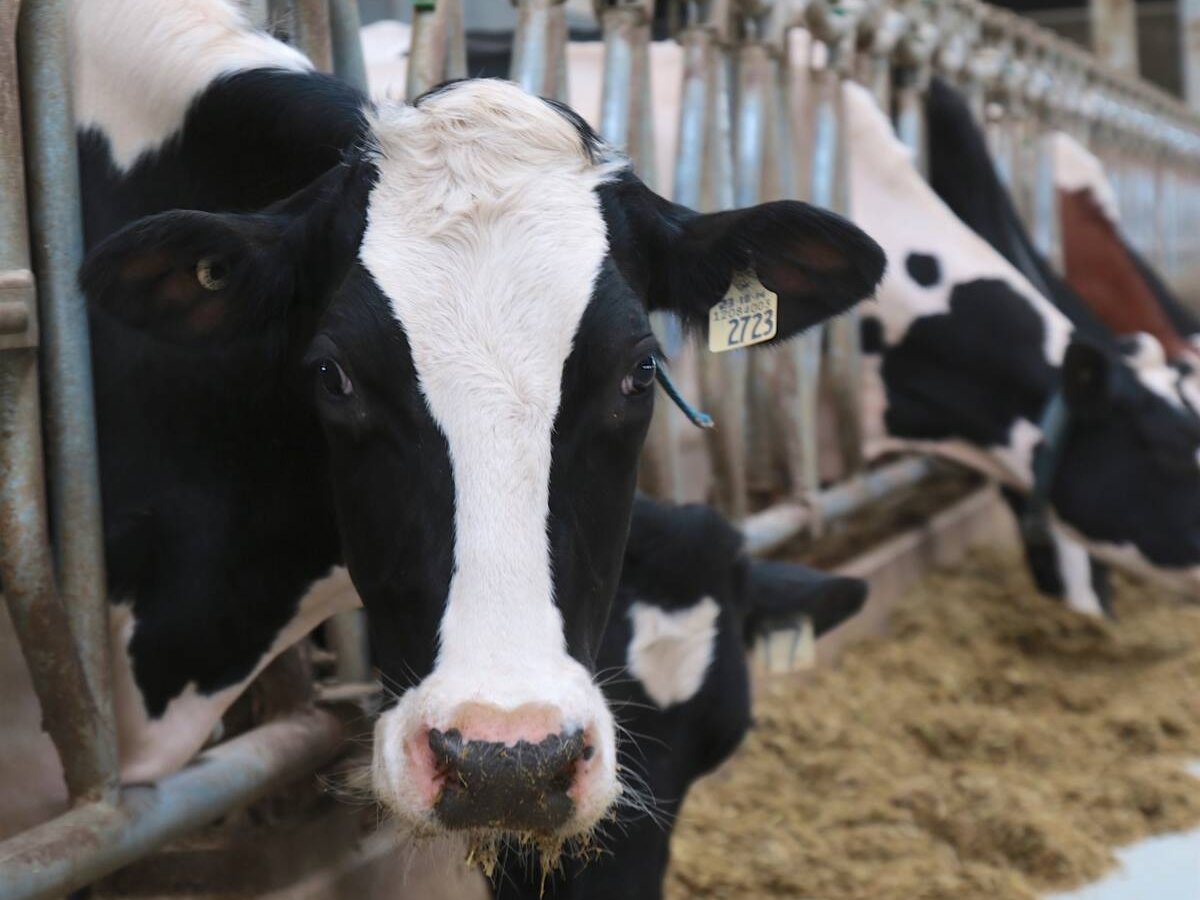Hourly forecasts help producers track storms or identify conditions such as wind speed to determine when to spray
On-farm weather stations have become much more affordable and useful, says a weather expert.
Andrew Nadler, a consulting agricultural meteorologist with Peak HydroMet Solutions, said farmers can buy a good station, such as the Davis Vantage Pro 2, for less than $1,000.
“This has really changed the landscape of agricultural meteorology,” he told Farm Credit Canada’s Ag Outlook 2016 conference.
Instead of relying on information generated by an airport weather station that could be located 100 kilometres away, farmers can now easily and affordably monitor conditions in their fields.
Read Also

The Organization for Economic Co-operation and Development lauds Canada’s low farm subsidies, criticizes supply management
The Organization for Economic Co-operation and Development lauded Canada’s low farm subsidies, criticized supply management in its global survey of farm support programs.
The weather stations are simple to install and operate.
“Within 20 minutes you have a fully functional automated weather station,” he said.
Farmers willing to spend $2,000 can get a more robust model such as the Spectrum WatchDog 2700, which is as accurate as the high-end weather stations used by forecasters.
Nadler strongly advocates joining a larger weather network in which weather station owners share their data.
A good network will allow farmers to view their own data as well as neighbouring stations.
It should have an intuitive mobile platform because most farmers use smartphones rather than desktop computers during the growing season.
The network should be able to provide historical information such as rainfall totals from past years.
It should have radar functionality so that growers can see where a storm track is moving.
As well, it is paramount that it has a good forecasting tool, including hourly forecasts.
Nadler’s favourite network is the Weather Underground, which is free to anyone who owns a weather station.
“This one is purely non-agricultural, but from a weather buff’s point of view, this one is just great,” he said.
It is owned by the Weather Company, which was recently bought by IBM. As a result, the biggest network of weather stations on the internet is about to get even bigger and better because of IBM’s big data expertise.
Nadler said Weather Underground has an exceptional forecasting tool.
“I’ve done a fair bit of work looking at the accuracy of this forecast, and I’ve been quite overwhelmed at just how accurate it is in terms of that hourly precision,” he said.
It also has one of the best mobile apps in the business.
WeatherFarm is Canada’s largest weather network with 1,650 stations in Western Canada.
Nadler said it offers many of the same features as Weather Underground but also has unique farmer-specific features such as Spraycast, which identifies the best times for spraying crops.
Farmers input their spray boom height, and WeatherFarm uses conditions such as wind speed and temperature to calculate when it is a poor, fair or good time to spray over the next three days.
“This is a really great product,” he said.
Nadler has worked with Farmers Edge on its Field-Centric Weather network, which gives growers access to a dense field-specific network of stations.
He also has a friend who runs SpotWx, a free website that compiles and compares dozens of complicated numerical weather models.
“He has figured out a way to bring them all in and sort of display them in an intuitive way,” said Nadler.
The site contains a map showing the forecast region for various models. One model might have a one-degree resolution that amounts to a 100 sq. kilometre region.
Another may go down to two or three sq. km.
Visitors to the site can look at what the various models are saying for their area and whether they are in agreement.















